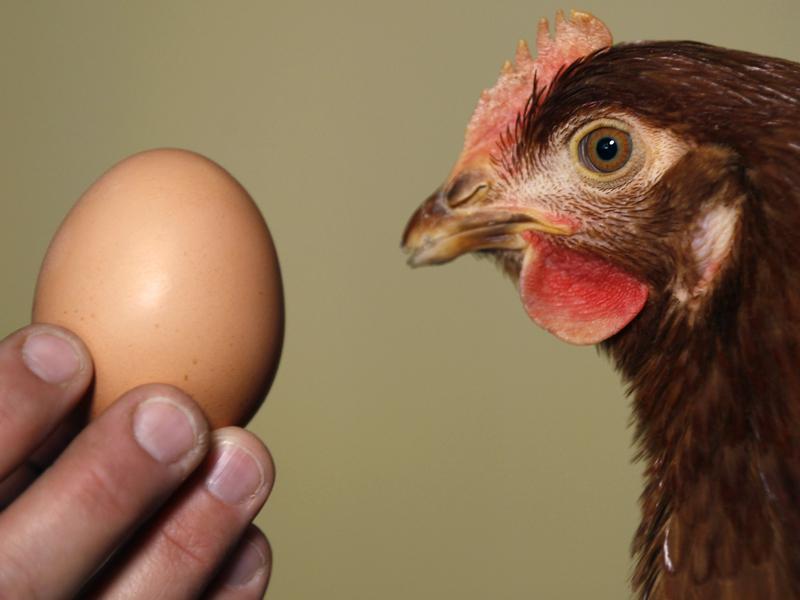
This characteristic is fairly common among vertebrates. The most well-known class of oviparous animals are birds. They all lay eggs, but the frequency depends on the species and the season of the year.
The domestic hen is diligent all year and lays about 230 eggs per year. The razorbill, on the other hand, only lays one egg yearly, and this is generally also true in the case of the king penguin (or it may take even more than a year for a new egg to be laid) .
All bird eggs are amniotic
The colour spectre of an egg shell is wide. From pure white to blue, green, or nearly black. The shell gets its colour from two main types of pigment. The colour of yolk depends on fodder given to hens: an intensive orange colour is the result of a diverse diet, and is not to be expected from a farm-bred hen. However, all chicken eggs, be it from eco, ground or pasture rearing, as well as eggs from other birds are amniotic. Together with reptiles and some mammal species, this characteristic is what differs birds from other vertebrates.
Monotremes lay eggs
So, which mammals also lay eggs? They’re called monotremes, and differ from other mammals in reproducing through laying eggs instead of giving birth to live young. There are few extant species of monotremes. They have been classified into two animal families, platypuses and echidnas. Their habitat of both is limited to Australia and New Guinea.
Veronika Gnezda, Val 202; translated by K. Z.


































































